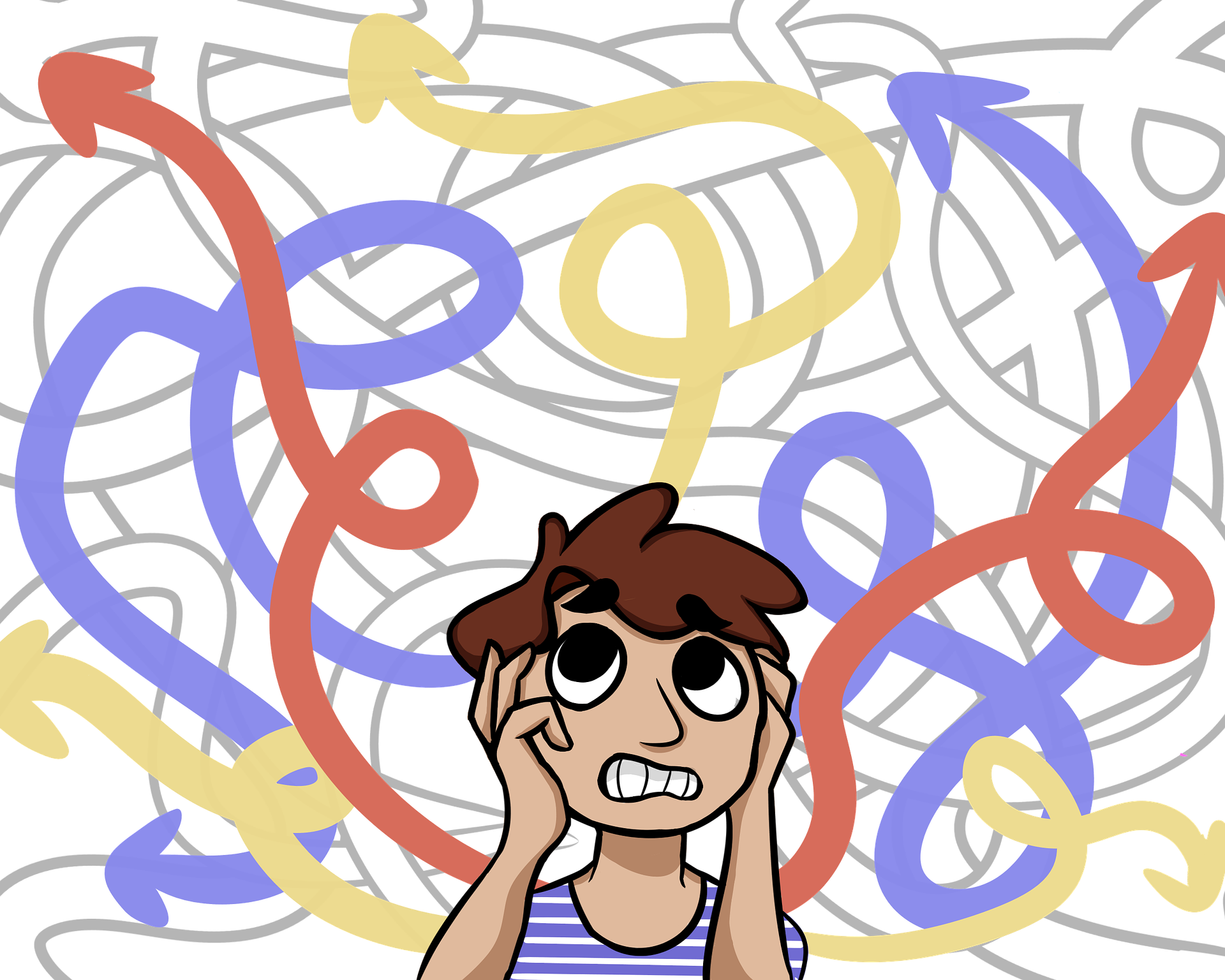
If we want tomorrow to be any good, we’ve got to do improve it right now. The well-known American management professor Peter Drucker once said: “The best way to predict the future is to create it.” Yet to do that, we first have to learn how to make things better. Within that context, Design Thinking is naturally a popular paradigm. It refers to thinking about design and acting on it always with the design’s end user in mind.
When it comes to Design Thinking, what you get to work on is the opposite of what a contemplative analyst gets to work on. An analyst asks themselves how things actually work. A Design Thinker asks themselves how things could work. In that word ‘could’ lies the power of design that leads to a better tomorrow. Notice the difference between the analytical question ‘How do customers respond to sustainable packaging?’ and the design question ‘How can we make sustainable packaging that customers will prefer?
Different mindset
Hence Design Thinking is primarily about a different mindset. According to the founders of Design Thinking, this mindset can best be typified by certain key terms. Like empathy, optimism, creativity and the willingness to learn from mistakes. It goes without saying that the design-oriented mindset requires analytical skills. In many cases, in order to be able to properly address a design question, an answer to the corresponding analytical question is useful and even necessary. Yet the problem is that in practice (certainly in the case of policy issues), it often remains limited to the analytical question. Which makes the answer to that question a loaded one, as actual power and progress is found in the ensuing design question.
No matter how splendid and powerful the designer mindset is, lots of things are being designed that won’t make tomorrow any better at all. Just think of products that will inevitably eventually be labelled ‘misleading.’ Such as, most recently, the chocopasta for babies. Or products or services that are bad for the environment or those that increase inequality in the world, or in any other ways definitely don’t contribute to achieving the 17 Sustainable Development Goals. That’s why a shift can be observed lately towards Sustainable Design and other ways of integrating sustainability and ethics with the design mindset.
Caring Design
Within that framework, I stumbled upon a wonderful article published this year in one of my favorite scientific magazines, the Journal of Business Ethics. In it, the author, philosophy professor Maurice Hamington, states that Design Thinking and the ethical school of thought that is termed as ‘Care Ethics’ have so much in common that win-win situations are out there for the taking. That is a hopeful message. When you combine ethics with Design Thinking, according to Hamington, you get ‘Caring Design.’This is what he describes as “a human-centered innovation and problem solving methodology/process as well as a moral and epistemological ideal grounded in a commitment to inquiry, empathy and care for constituent stakeholders.”
If you ask me, we could use a little more ‘Caring Design’ in the world. So we shape our world in such a way so we can live as pleasantly as possible in this world and with each other. That sounds a lot fuzzier on paper than it is in practice.
Expense versus value
As far as Hamington is concerned, the standard economic argument whereby sustainable or ethically responsible are characterized as ‘EXPENSIVE’ is not valid at all. In his view, there is just as much value in human connection and by shifting the focus to relational and interactive work, you work more on the basis of trust, which in Stephen Covey‘s view is economically highly profitable (!), and employees have more scope to seek out change and innovation when they feel that they can lean on the organization and on each other. Conclusion: a good deal of ethics in the process of designing the future not only has moral value, but especially an economic value and is therefore not really an option but an absolute necessity.
About this column:
In a weekly column, written alternately by Bert Overlack, Mary Fiers, Peter de Kock, Eveline van Zeeland, Lucien Engelen, Tessie Hartjes, Jan Wouters, Katleen Gabriels and Auke Hoekstra, Innovation Origins tries to figure out what the future will look like. These columnists, occasionally joined by guest bloggers, are all working in their own way on solutions to the problems of our time. So that tomorrow is good. Here are all the previous articles.

